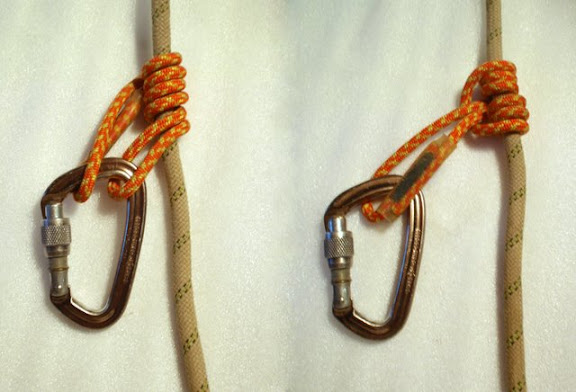SINGLE-JACK
ArboristSite Guru
From another thread pdqdl posted this:
http://www.arboristsite.com/showpost.php?p=1187344&postcount=37
Ok, next heavy rigging job where I need a mid-line loop, I'll try it.
Maaaybe ... we could get moray to test it.





AND THIS:...
By the way: for that mid-line knot, try the man-harness knot. Putting a load on in the middle of a line is what it is designed to do, and it unties easily after heavy loading, unlike the alpine butterfly. Someday I'll get somebody here at AS to try it out...
http://www.arboristsite.com/showpost.php?p=1187344&postcount=37
Ok, next heavy rigging job where I need a mid-line loop, I'll try it.
Maaaybe ... we could get moray to test it.





